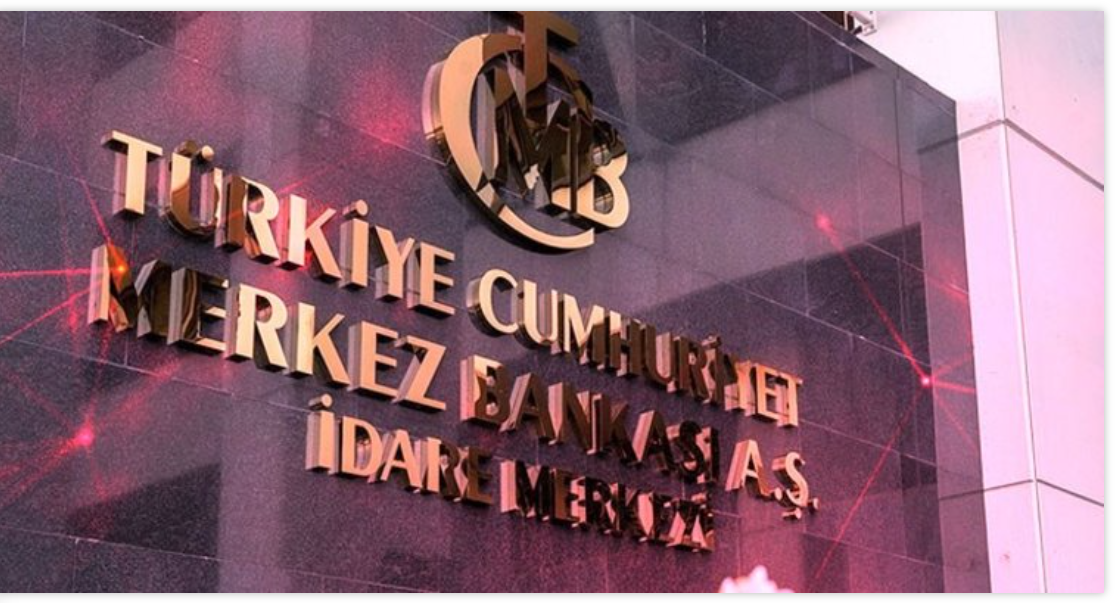The CBRT raised its policy rate by 500bps to 40%, exceeding market expectations of a 250bps increase. In its November MPC meeting, the CBRT elevated the policy rate by 500bps to 40%, surpassing the general market expectation of a 250bps increase. While we had aligned our expectation with the consensus for a 250bps increase, we had also indicated that the CBRT might want to surpass (and in fact should surpass) market expectations with a higher rate hike in order to anchor inflation expectations.
From this perspective, we do not consider today’s decision as a surprise. We believe the CBRT’s intention with such a move is to push up market’s interest rate expectations and anchor inflation expectations.
The CBRT likely to continue rate hikes for some time more, but with smaller increments
CBRT’s policy statement provides clear messages about the trajectory of policy rates. Specifically, the CBRT notes that the pace of monetary tightening will slow down and the tightening cycle will be completed in a short period of time, as the current level of monetary tightness is significantly close to the level required to establish the disinflation course. The CBRT adds that the monetary tightness will be maintained as long as needed to ensure sustained price stability. Accordingly, we may conclude that the CBRT may be inclined to raise the policy rate to around 45.0% with probably 250 bps increments, which will be followed by a monitoring period of the developments in inflation and domestic demand.
While the statement that the monetary tightness will be maintained as long as needed implies the potential for keeping the policy rate steady for an extended period after the conclusion of rate hikes, we also believe that the CBRT leaves the door open for additional rate hikes, if need be.
The CBRT presents a much more optimistic outlook on inflation compared to previous months
Despite acknowledging inflationary pressures from domestic demand, stickiness in service prices, and geopolitical risks, the CBRT suggests that domestic demand has started to moderate and inflation expectations and pricing behaviour started to show signs of improvement, as a result of the monetary tightening. The CBRT also highlights improvements in external financing conditions (previously it said: stable course), continued increase in FX reserves, the positive impact of rebalancing in demand on current account balance, and increased demand for Turkish lira assets contributing to exchange rate stability and the effectiveness of monetary policy.
Consequently, the CBRT maintains its belief that there is a decline in the underlying trend of monthly inflation. As such, the CBRT’s decision to slow down the pace of rate hikes can be attributed to these positive observations.
CBRT prefers a balancing of lending rates, alongside additional increases in deposit rates
The CBRT considers the current levels of lending rates to be consistent with the targeted level of financial tightness. In addition to that, the CBRT also revealed that the maximum interest rates for credit cards will not change until the end of the year. Therefore, it can be argued that the CBRT deems current levels of credit and credit card interest rates sufficient to slow down domestic demand.
That said, the CBRT continues to signal that the regulations to increase the share of Turkish lira deposits and monetary tightening (quantitative tightening decisions) will continue, which may be indicating the CBRT’s desire for further increases in deposit rates. In this context, we may expect further revisions on required reserve ratios on FX-protected deposit (KKM) accounts, and also on banks’ conversion targets from KKM accounts to Turkish Lira deposits.
By Serkan Gonencler, chief economist, Gedik Invest
Follow our English language YouTube videos @ REAL TURKEY: https://www.youtube.com/channel/UCKpFJB4GFiNkhmpVZQ_d9Rg
And content at Twitter: @AtillaEng
Facebook: Real Turkey Channel: https://www.facebook.com/realturkeychannel/
